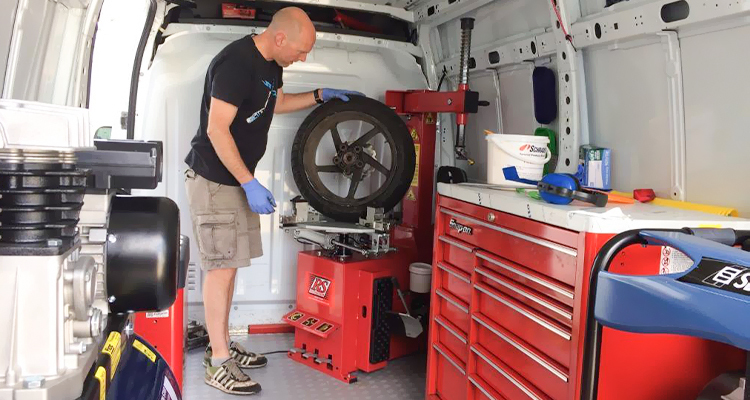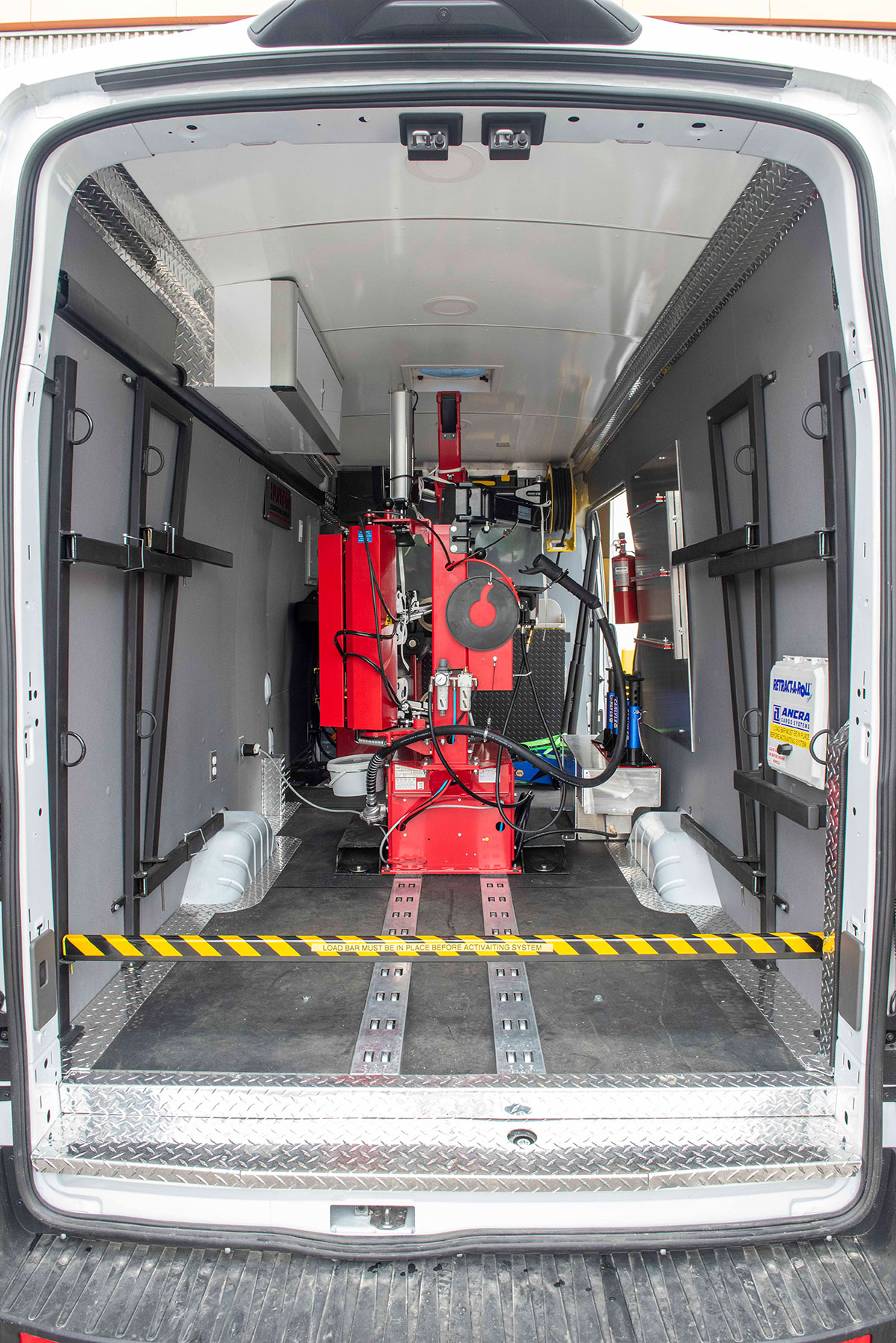Emergency Situation Mobile Tire Service Available in Las Vegas
Tire Service: Proven Approaches for Ideal Tire Maintenance and Treatment
Preserving optimum tire condition is paramount for both security and performance of any kind of car. From guaranteeing appropriate tire stress to regular rotation and placement, there are tried and tested methods that can considerably prolong the life-span of your tires and improve total driving experience. As we explore the details of tire care and upkeep, we will certainly reveal crucial guidelines that every vehicle owner should adhere to for the ideal possible results. Allow's look into the globe of tire solution and discover the keys to maintaining your tires in superior form for the long haul.
Relevance of Tire Pressure
Sufficient tire stress promotes much better gas effectiveness, as under-inflated tires can lead to boosted rolling resistance, causing the engine to work harder and take in even more gas. Correct tire pressure makes certain even step wear, enhancing tire durability and saving cash in the lengthy run by postponing the need for premature substitutes. Frequently checking and adjusting tire pressure, especially previously long trips, is a basic yet effective way to enhance automobile performance, expand tire life-span, and focus on safety on the road.
Tire Rotation Standards
When taking into consideration tire rotation guidelines, it is important to recognize the value of this upkeep job in taking full advantage of tire life-span and keeping optimum lorry efficiency. Tire turning involves changing the position of each tire on a vehicle to guarantee even step wear. Front tires often tend to put on faster than back tires as a result of guiding pressures, making routine rotation vital for well balanced wear patterns. The suggested rotation pattern varies relying on whether a lorry is front-wheel, rear-wheel, all-wheel, or 4x4. Typically, tires need to be revolved every 5,000 to 7,500 miles, or as advised in the lorry guidebook. Ignoring tire rotation can lead to irregular wear, influencing handling, traction, and potentially compromising car safety. By sticking to appropriate rotation standards, vehicle drivers can prolong the life of their tires, improve gas effectiveness, and enhance overall driving experience. Normal turning is an easy yet reliable maintenance practice that adds dramatically to tire durability and car efficiency.

Benefits of Wheel Positioning
Making certain correct wheel placement after tire turning is important for preserving balanced wear patterns and maximizing vehicle performance. Additionally, proper wheel placement aids to prolong the life expectancy of your tires. Misaligned wheels can trigger unequal tire wear, leading to early tire substitute and enhanced maintenance costs.

Tire Tread Deepness Examine
Carrying out a normal inspection of tire walk deepness is essential for preserving secure driving conditions and prolonging the life expectancy of your tires. The step on your tires plays an important duty in providing traction, particularly in damp or unsafe problems. To inspect your tire step deepness, you can make use of a tread depth gauge or the cent test. The recommended tread depth is at least 2/32 of an inch. It is time to replace your tires to guarantee optimum efficiency and safety and security on the roadway if the step deepness is listed below this limit. Unequal walk wear can suggest problems with tire stress, placement, or suspension, highlighting the significance of regular tread depth checks. Ignoring to check and keep appropriate walk depth can lead to reduced grasp, longer stopping ranges, and a raised threat of hydroplaning. By integrating look at here now tire walk depth explore your regular maintenance schedule, you can drive with self-confidence recognizing that your tires are in top condition.
Seasonal Tire Examination
Seasonal tire assessment is a basic element of tire upkeep that makes sure tires are prepared to deal with the difficulties positioned by different weather problems. In prep work for winter season, it is vital to Get More Info inspect the tire pressure consistently as cool temperature levels can trigger tire pressure to go down. By performing routine seasonal tire evaluations, chauffeurs can prolong tire life-span, enhance gas effectiveness, and most notably, guarantee a secure driving experience in differing climate conditions.
Conclusion
Finally, keeping appropriate tire pressure, revolving tires on a regular basis, lining up wheels correctly, keeping track of tread deepness, and conducting seasonal inspections are crucial methods for optimal tire treatment. By following these confirmed techniques, vehicle drivers can ensure their tires last much longer, carry out much better, and add to general vehicle safety and security. It is essential to focus on tire maintenance to stop accidents, boost fuel effectiveness, and prolong the lifespan of tires.
Ample tire pressure advertises far better fuel performance, as under-inflated tires can lead to increased rolling resistance, triggering the engine to function more difficult and take in even more fuel.When taking into consideration tire rotation standards, it is vital to recognize the significance of this upkeep task in optimizing tire life-span and preserving optimum vehicle performance. Seasonal tire inspection is an essential element of tire upkeep that ensures tires are prepared to face the difficulties postured by various weather conditions. By carrying out routine seasonal tire assessments, drivers can prolong tire life expectancy, improve gas efficiency, and most significantly, make sure a safe and secure driving experience in differing climate problems.
In verdict, keeping proper tire stress, revolving tires on a regular basis, straightening wheels appropriately, monitoring tread depth, and Discover More conducting seasonal assessments are vital methods for optimum tire treatment.